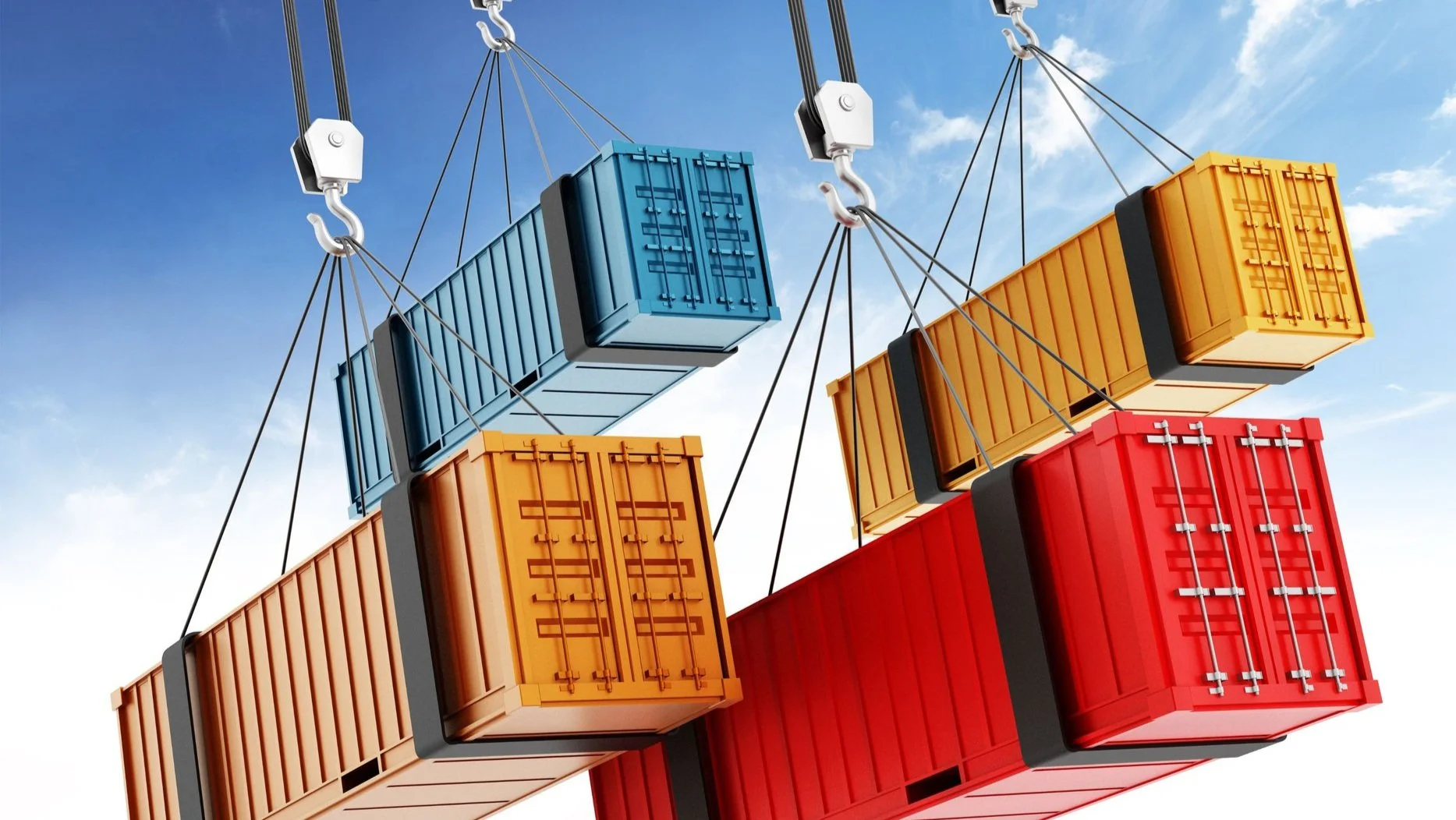Understanding Ocean Territory Taxes: A Guide for Drayage Carriers
Ocean territory taxes are a significant consideration for drayage carriers operating in the world of international trade. These taxes, imposed by various countries, can have a substantial impact on the cost of transporting goods to and from ports, affecting both carriers and their clients. In this post, we'll delve into what ocean territory taxes are, why they matter, and how drayage carriers can navigate this complex landscape.
What Are Ocean Territory Taxes?
Ocean territory taxes, often referred to as port taxes, are levies imposed by countries or port authorities on cargo entering or leaving a specific geographic area. These taxes are typically based on the type and quantity of cargo, the port of entry or exit, and various other factors. The revenue generated from these taxes is used to fund port maintenance, infrastructure improvements, and other port-related expenses.
Why Ocean Territory Taxes Matter to Drayage Carriers
Drayage carriers are the link between seaports and the final destination of cargo, whether it's a warehouse, distribution center, or manufacturing facility. These carriers are directly impacted by ocean territory taxes for several reasons:
Cost Implications
Ocean territory taxes add to the overall cost of transporting cargo. Drayage carriers may need to factor these expenses into their pricing structures, potentially impacting their competitiveness in the market.
Regulatory Compliance
To operate legally and avoid penalties, drayage carriers must comply with the tax regulations of the ports they service. Understanding the tax requirements is essential to maintain a smooth and compliant operation.
Client Expectations
Clients, including shippers and logistics companies, rely on drayage carriers to have a thorough understanding of the entire logistics process, including taxes and fees. Failure to do so can lead to client dissatisfaction or even loss of business.
Navigating Ocean Territory Taxes as a Drayage Carrier
To successfully navigate the complexities of ocean territory taxes, drayage carriers should consider the following strategies:
Stay Informed
Keep abreast of the latest tax regulations in the regions where you operate. Regularly check for updates from port authorities and government agencies.
Establish Clear Pricing
Clearly communicate with your clients about the potential tax implications on their shipments. Make sure your pricing reflects these costs accurately.
Maintain Accurate Records
Accurate record-keeping is crucial for tracking taxes, especially when dealing with international shipments. Organized records can also help with tax deductions or credits.
Collaborate with Experts
Consider working with tax experts or consultants who specialize in international trade and transportation. They can provide valuable insights and help you remain compliant.
Streamline Operations
To mitigate the impact of taxes on your bottom line, optimize your operations. This includes minimizing empty miles, maximizing cargo loads, and reducing turnaround times.
Ocean territory taxes are a part of the complex landscape of international trade and logistics. Drayage carriers play a vital role in the movement of cargo to and from ports, and understanding the tax implications is essential for smooth operations and client satisfaction. By staying informed, establishing clear pricing, maintaining accurate records, collaborating with experts, and streamlining operations, drayage carriers can successfully navigate the ocean territory tax terrain and maintain a competitive edge in the industry.


